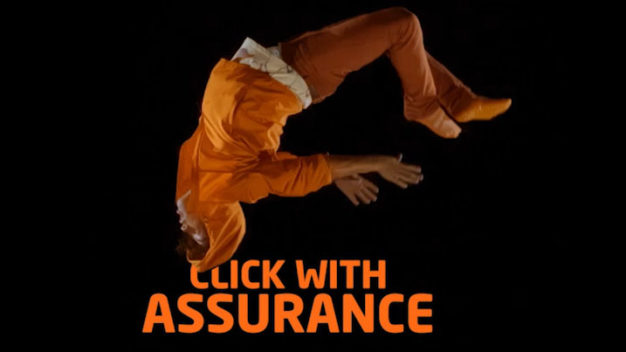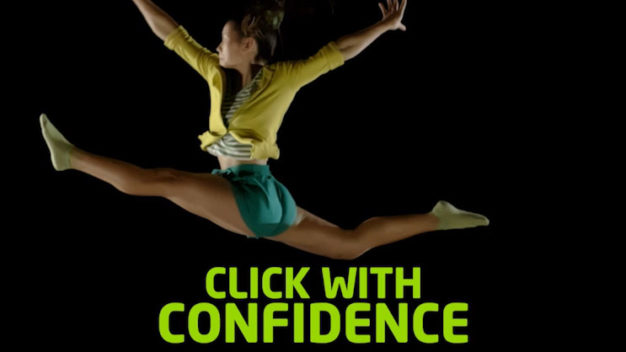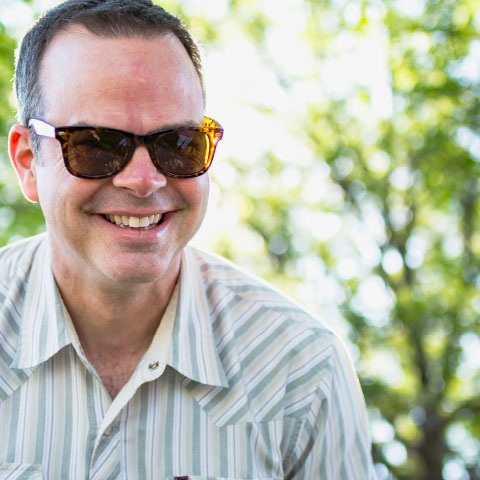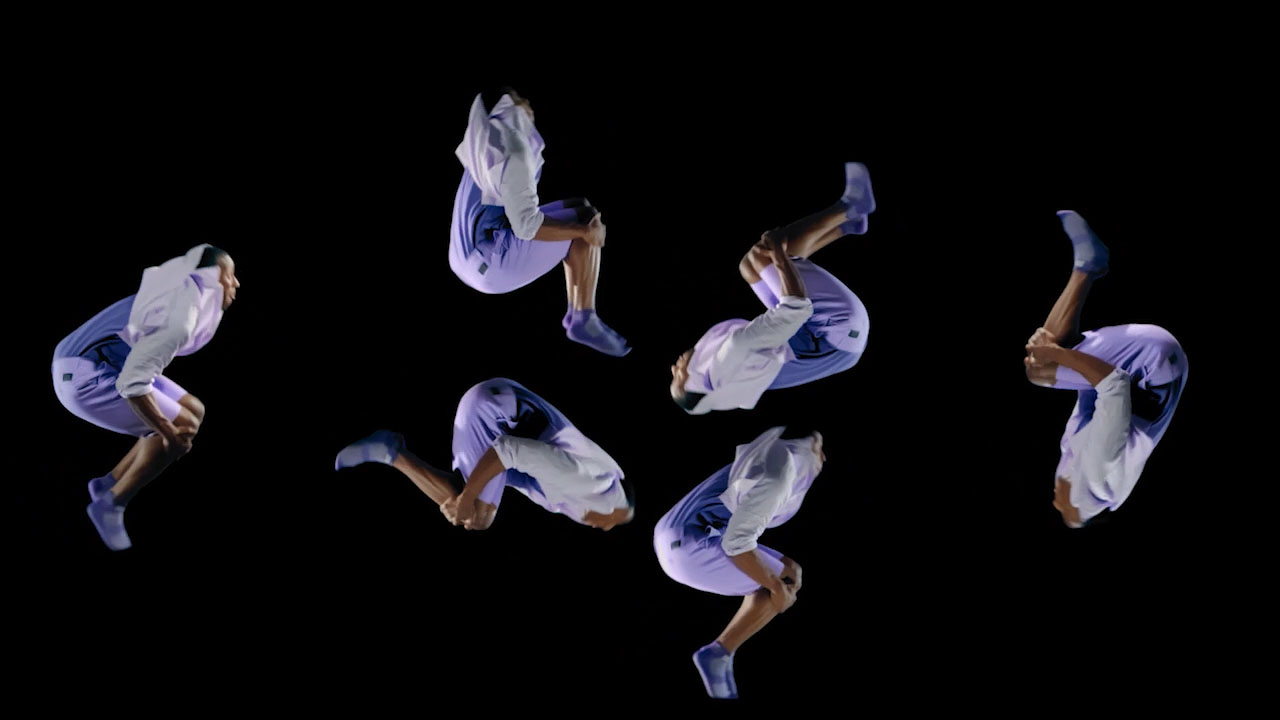With this month’s newsletter, I’d like to give a little shout out to a couple of the unsung heroes of the film and video production world. That’s right, this month we’re talking about props and wardrobe.
Think of these two production underdogs as that weird aunt and uncle that show up for the holidays. They’re here. They’re adding something to the mix, but you’re quite not sure what. But next year when they don’t show up because you didn’t pay attention to them the year before… you miss them, and that holiday just isn’t the same. And that’s what props and wardrobe are. SIDENOTE: Maybe that’s a bad analogy, but please bear with me, we’ve got a lot going on here, so my analogy game may be a little under par.
First and foremost, why are props and wardrobe so important? Well, to quote the very famous Billy Crystal portraying the much less famous Fernando Llamas, “It’s better to look good than to feel good.” And the first part of that statement couldn’t be more true. Video is a visual medium – duh – and sure you want the pictures and the people and the scenery to be as beautiful as possible. But what about all those little things? The books on the shelf in the background laid out just the right way. The plant carefully placed in the corner to add a hint of color and depth to the wide shot. The shirt that has just the right accent color to match an actor’s eyes. Each of these things, and all the variations within, can mean the difference between looking like a top-notch production or something your creative nephew put together between swigs of bong water. Unless of course a bong water swigging production is what you’re going for, then by all means.
 And now for the example portion of our newsletter. Several years ago I had the privilege of working with an incredible stylist and set designer on several productions in New York. They were doing things that at first I thought were overkill, but in hindsight were integral to how great our set and actors looked and performed. One specific example had to do with a dream catcher that was hung on the wall almost completely out of frame. It was amazing looking and I was curious why it was placed where it was. I asked my director about it and he said to trust the set designer, so I did. And here’s what I found out, the dream catcher showed up in the spot and was perfectly placed – if it was any more prominent it would have dominated the scene. But the thing I didn’t realize that was invaluable to me was this. The dream catcher was in perfect eye line with one of the actors and that was a focal point for him both physically and emotionally. Meaning he was able to deliver a better performance because he could see it. Mind blown. A prop could not only help a scene look better, it could help an actor give a better performance.
And now for the example portion of our newsletter. Several years ago I had the privilege of working with an incredible stylist and set designer on several productions in New York. They were doing things that at first I thought were overkill, but in hindsight were integral to how great our set and actors looked and performed. One specific example had to do with a dream catcher that was hung on the wall almost completely out of frame. It was amazing looking and I was curious why it was placed where it was. I asked my director about it and he said to trust the set designer, so I did. And here’s what I found out, the dream catcher showed up in the spot and was perfectly placed – if it was any more prominent it would have dominated the scene. But the thing I didn’t realize that was invaluable to me was this. The dream catcher was in perfect eye line with one of the actors and that was a focal point for him both physically and emotionally. Meaning he was able to deliver a better performance because he could see it. Mind blown. A prop could not only help a scene look better, it could help an actor give a better performance.
Wardrobe wise, on that same shoot in pre-pro, our stylist had several options available for each actor and was able to justify why they were a good choice for the actor both physically and from a character standpoint. Impressive. We chose what we liked best and on shoot day our actors suited up and got to it. After the shoot, I was complimenting our lead actor on his performance. I asked how he was able to pull some of the scenes off and one of the things he mentioned were the sequins on the pockets of his jeans. He told me every time, he needed to remember how cheesy his character was he thought about his bedazzled ass. Amazing.
 Here at One Floor Up, we recently worked on a project that’s not quite ready for public consumption, and our resident Jana of All Trades, affectionately known as Super J, added a new role to her already lengthy job description, OFU stylist. The project entailed dressing several parkour athletes in stylish, interesting looking street wear that still allowed them to bounce around on trampolines and do all kinds of gravity defying acrobatics. And you know what… she crushed it. We’ve gotten a ton of compliments on how well everyone looked on camera and how well the clothes flowed on camera. And Jana handled it like a pro. She brought me multiple options for each actor. Explained why she thought the clothes worked practically and with the physicality of each actor and dealt with any on-set sweat/wrinkling/ripping accidents that inevitably always happen.
Here at One Floor Up, we recently worked on a project that’s not quite ready for public consumption, and our resident Jana of All Trades, affectionately known as Super J, added a new role to her already lengthy job description, OFU stylist. The project entailed dressing several parkour athletes in stylish, interesting looking street wear that still allowed them to bounce around on trampolines and do all kinds of gravity defying acrobatics. And you know what… she crushed it. We’ve gotten a ton of compliments on how well everyone looked on camera and how well the clothes flowed on camera. And Jana handled it like a pro. She brought me multiple options for each actor. Explained why she thought the clothes worked practically and with the physicality of each actor and dealt with any on-set sweat/wrinkling/ripping accidents that inevitably always happen.
And now for a couple of housekeeping tips for your wardrobe and set design rolodex. First and foremost, always wash and iron the clothes your actors will be wearing. Nothing is more annoying or gross than wrinkled clothes that stink – unless you’re shooting a scene that calls for that, but even then you want to control the stink and the wrinkles. Second, always look at your wardrobe options on camera and see how they look. Some things look much better in person than they do on camera. There’s also a thing called moire that can happen with certain patterns. You don’t want that. Holy seizures Bat Man!
When it comes to props always show up with way too much and pare it down once you see it on camera. Know what the scene should look like and why and be able to justify the need for each and every item you’re using. Nothing is sadder than a scene that should have an array of beautiful props lining the walls, and all you really have is a half dead plant sitting in the back corner.
And there you have it, some friendly tips on the importance of props and wardrobe for your next film or video production. Stay tuned for our next newsletter which I promise will probably be just as long.


